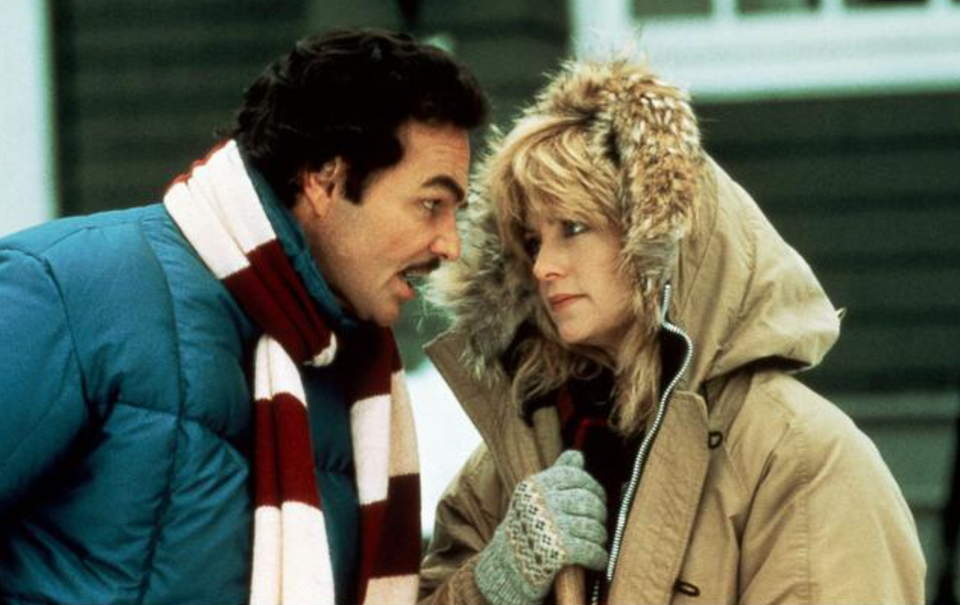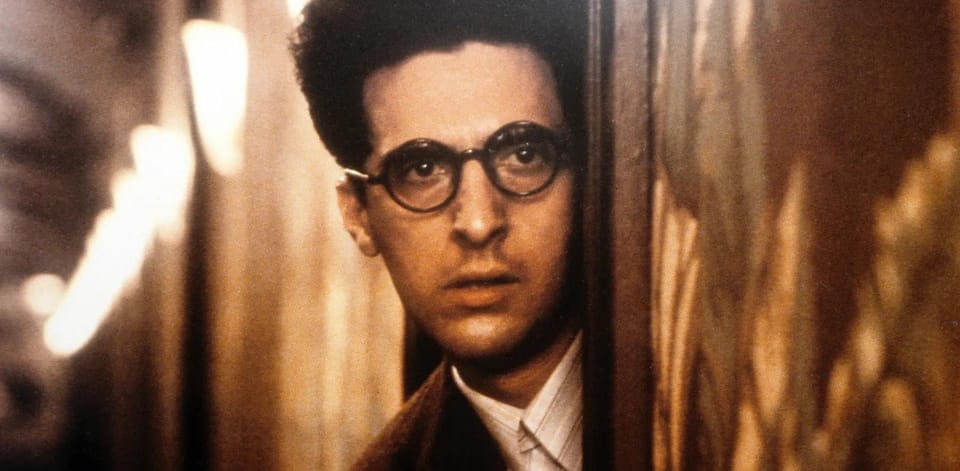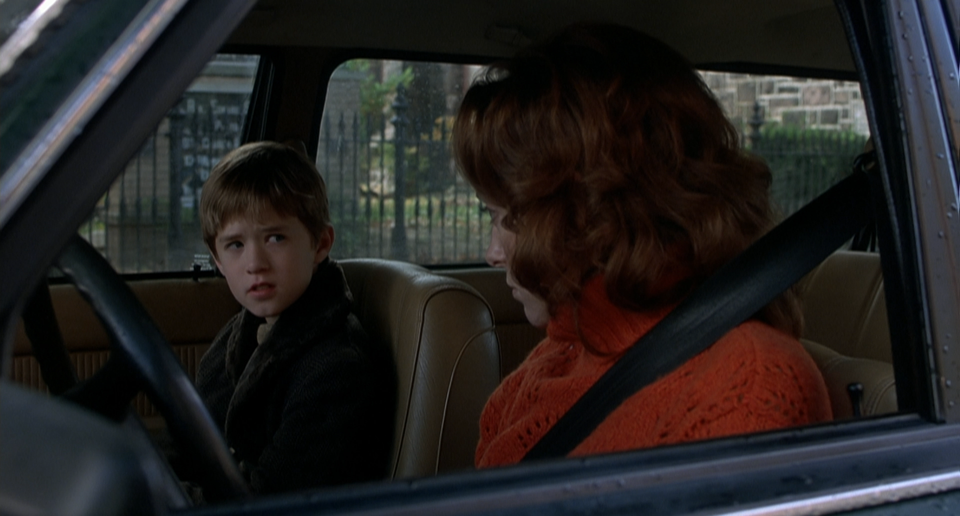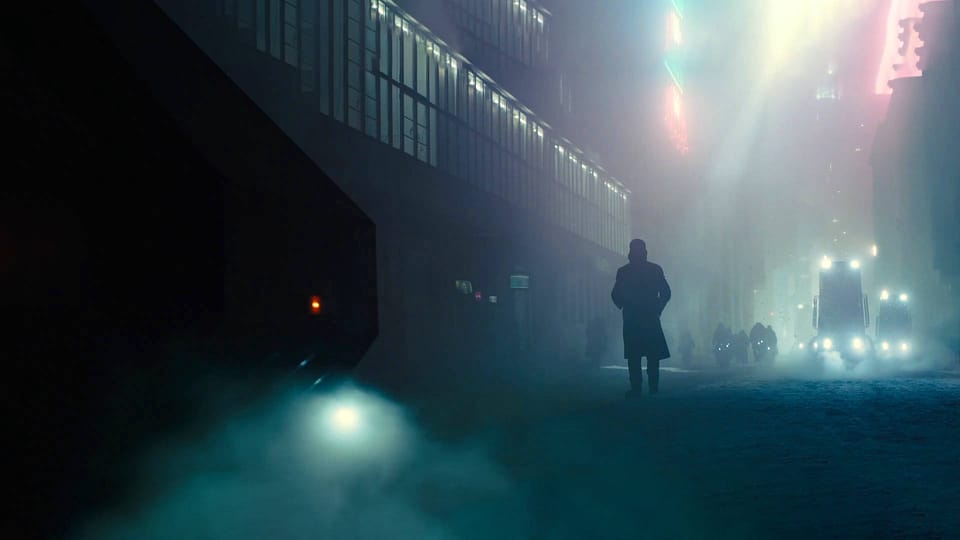When your story idea starts with a world.
Stories can come from anywhere. A great source is simply recognizing an interesting world that is ripe for narrative attention.
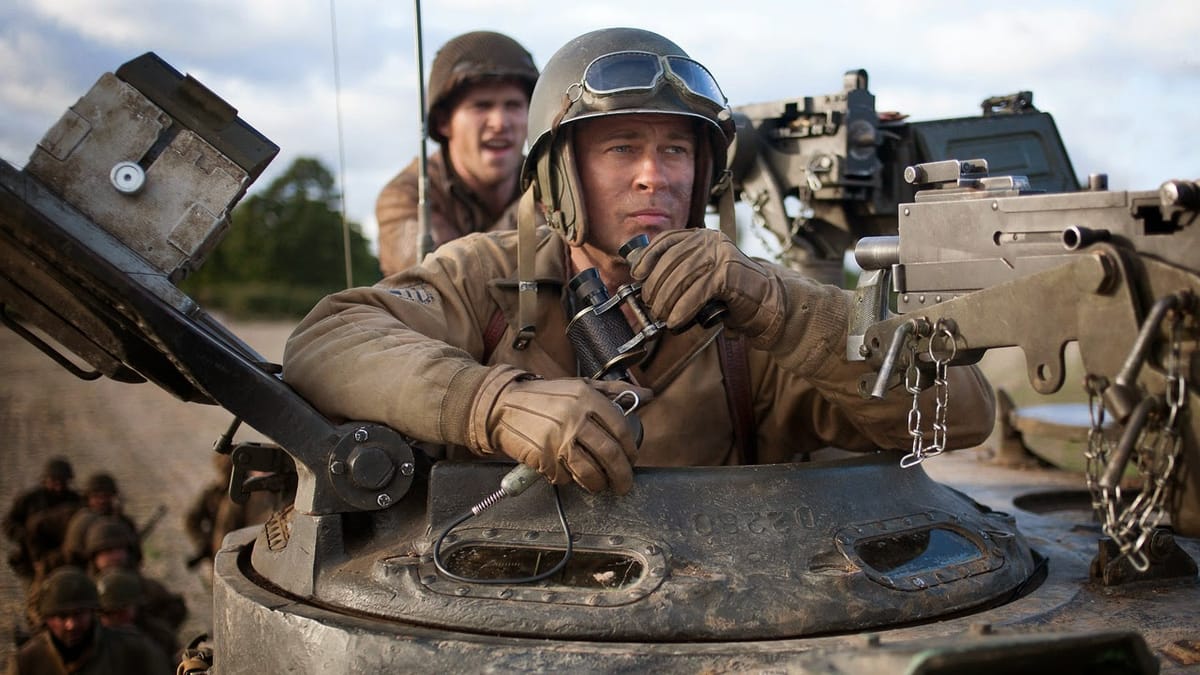
The Story and Plot Weekly Email is published every Tuesday morning. Don't miss another one.
Stories can come from anywhere. They can originate with a situation we imagine, a character, a newspaper article, an unplanned brainstorm with a friend, or whatever. The sources are endless.
A big one is simply recognizing an interesting world that is ripe for narrative attention.
This world can be a historical or contemporary subculture, or perhaps a fictional world of our own imagination.
A historical example would be FURY, one of my all-time favorite war films. It explored the world of tank warfare in World War II.
A more contemporary world could be finance, whether it's insider trading in WALL STREET or the financial meltdown in THE BIG SHORT.
2015's SPOTLIGHT explores investigative journalism, while Ron Howard's THE PAPER explores the day of a '90s-era metropolitan daily newspaper.
Maybe you want to explore submarines, high school prom, competitive butter sculpting, a cappella singing, or the unique subculture of people who devote their lives to Renaissance festivals.
Few things explore haunting what-ifs like dystopian fiction does. Whether it's LOGAN'S RUN when they get rid of anyone who turns 30, or the modern classic CHILDREN OF MEN when no one can have children at all.
I mean, we all heard those legendary first words of countless movie trailers... "In a world..."
Next Steps.
If your idea of a world came with a premise or plot, you might be tempted to skip many of these next questions, but I encourage you not to,
If the only thing you DO have in the beginning is the idea of the world itself, you will find these questions invaluable.
Let's begin.
What is unique about this world?
How is this world different than other subcultures? The brutality of FURY is vastly different than the cold push-button warfare of CRIMSON TIDE.
MICHAEL CLAYTON is about corporate corruption that resembles gangsters more than it does legitimate business.
WALL STREET is all about insider trading worth eight and nine figures, while BOILER ROOM is about churning out sales to worthless penny stocks.
Know what makes your world different than other worlds and what interests YOU about it, that you want to explore it.
What are the values within that world?
What is prized beyond all else? Every subculture has its moral hierarchy that makes one more or less admired.
In WALL STREET, it's money. In the subculture of improv, it's being funny. In retail and car lots, it's sales.
Is winning prized beyond all else? Or is there something more? Is one thing competing with another?
Next, what are the stakes within that world?
Different movies have different stakes, but whatever the stakes are, you almost always want to maximize them.
The worst-case scenario for any movie should feel equally horrible to the audience as the worst-case scenario for another.
In real life, we understand that death is much worse than a young girl getting her heart broken at prom. But if we do it right, the audience watching will feel just as emotionally tense in both a thriller and the coming–of–age tale.
This is the magic of empathy and good storytelling.
We may think a Saturday night dance contest is low stakes, but it is not to those characters. Want to raise the stakes? Make the characters care more.
The next question we ask is of utmost importance...
Who would be most transformed by this world?
Story is character, and character is story.
Even if we start with a world, we now have to find the ideal character to tell the story of that world. Who is going to be transformed?
In WALL STREET (1987), the character that's going to be transformed is a young, naive, ambitious man who is split between two parental figures, one corrupt and one honorable.
Often, it's a character who is a true believer in this world, only to discover they have doubts about their place in it. This is BARBIE, and THE CREATOR.
Perhaps it is someone new to this world, who then brings it down, like Katniss in HUNGER GAMES.
It could be a fish-out-of-water who finds their new world brings out the best of them, like LEGALLY BLONDE.
Take TOP GUN. A movie that originated because they thought there was a movie in this military program that trained the best of the best.
Who do we want to see transformed in TOP GUN?
Wisely, they looked at this military "do as you're told", "follow orders" environment, and asked, "Who would stand out?"
Who would be the most fun to watch in this world?
Maybe they could have done the DEAD POETS SOCIETY version where the teacher is the iconoclast and changes all his students, but would anyone have gone to see it?
Wisely, they took the other route with the character Maverick, who is immensely talented, but unpredictable, and his own worst enemy.
A man who does not fit in in the military, but it's the only place he can fly fighter jets.
It also helps if you cast Tom Cruise.
Always ask, "What's the most fun?"
What choices can you make here that will make your story more compelling? That's your job.
What would be more interesting? What would generate more empathy? What would make us feel more?
Don't try to guess what you THINK the audience or reader might like. You don't know. So, instead, go with what YOU find more compelling.
What do YOU find interesting? Or moving? Or funny?
Chase that, and trust the audience will follow.
Do it well, and they almost always do.
The Story and Plot Weekly Email is published every Tuesday morning. Don't miss another one.
When you're ready, these are ways I can help you:
WORK WITH ME 1:1
1-on-1 Coaching | Screenplay Consultation
TAKE A COURSE
Mastering Structure | Idea To Outline

